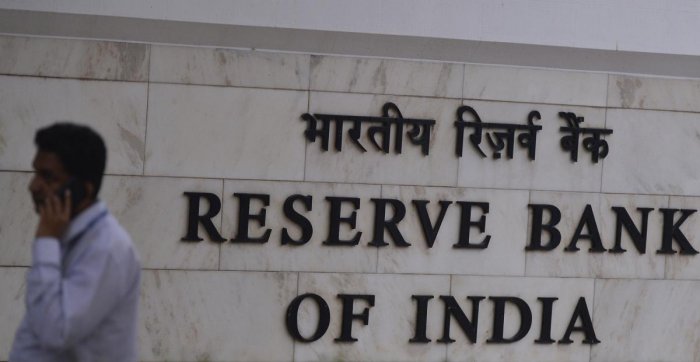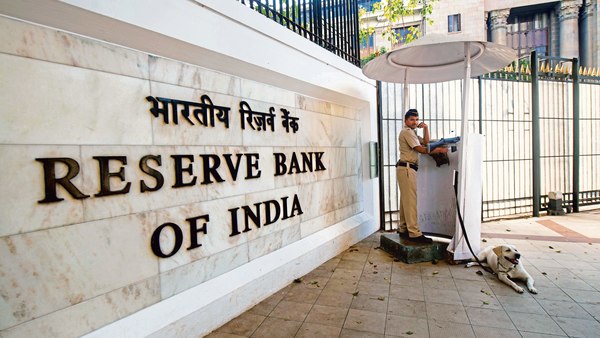The Reserve Bank of India ( RBI ) is going to release its annual report for the financial year 2018-19 today. The report published every year analyzes the performance and operations of the Reserve Bank of India and suggests measures to improve economic performance. Here are 3 main things to look out for from the annual report.

Table of Contents
RBI Balance Sheet
The FY19 annual report is significant in the backdrop of the release of the new economic capital structure under which RBI will transfer $ 1.76 trillion surplus to the government. The transfer includes Rs 1.23 trillion surplus and Rs 52,637 crore of additional provisions for 2018-19. Hence the reason behind the increase in surplus during the last financial year will be detailed. In comparison, the central bank saw a rise in the balance sheet of 9.49% for the year ended July 30, 2018, with a total surplus at $ 50,000 core. Mint had reported on Wednesday that the balance sheet transfer of surplus to RBI is neutral as it would not require the central bank to sell assets.
Economic Assessment
It is possible to reiterate RBI’s concerns over the current growth slowdown in the midst of benign inflation in the annual report. In its earlier policy, the RBI slashed GDP growth for the fiscal year 2015 from 7% to 6.9%, citing weak economic activity and the global recession. The central bank said in the policy that addressing growth concerns by raising aggregate demand, particularly private investment, is a top priority at this juncture, while consistent with inflationary conditions.
State of banking system
The annual report is likely to highlight the state of the banking system, including non-banking finance companies. In its Financial Stability Report, RBI stated that more monitoring of NBFCs and Housing Finance Companies (HFCs) is needed as the failure of these companies can lead to losses due to large banks. The central bank did a stress test on the NBFC sector and individual lenders to reduce their resilience in three stress scenarios – baseline, moderate, and severe. The tests showed that under the first two scenarios, approximately 8% of companies would not be able to comply with the minimum regulatory capital requirements of 15%. The report states that about 13% of companies will not be able to follow the minimum statutory capital adequacy criteria under the third regulator. The report also observed that the gross non-performing asset ratio of banks could fall to 9% in March 2020.
Get the best of The Thus delivered to your inbox – subscribe to The Thus Newsletters. For the latest Business News and updates follow The Thus on Facebook, Twitter, Instagram, and Pinterest and stay in the know with what’s happening in the world around you – in real-time.




















































Discussion about this post